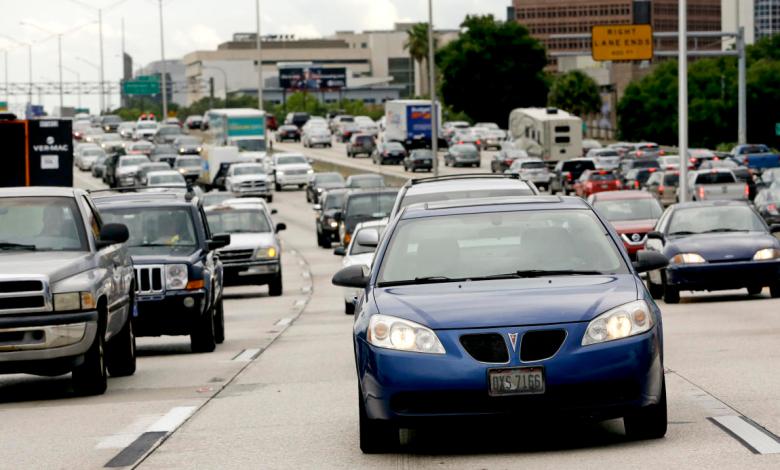The US is developing a road safety system that will see cars ‘talking’ to each other

The US Department of Transportation has implemented a nationwide road safety program [PDF] that will result in the cars contacting each other. The agency hopes that the widespread deployment of car-to-everything (V2X) will enhance its “commitment to pursue a comprehensive approach to reducing the number of road deaths to zero.” The National Highway Traffic Safety Administration estimates that 40,990 people died in traffic accidents last year.
V2X enables vehicles to communicate with each other and with pedestrians, cyclists, other road users and roadside infrastructure. It allows them to share information such as their position and speed, as well as road conditions. They will be able to do so in situations where visibility is not good, such as where there is dense fog, NPR notes.
Rollout across the US will require an array of mobile, in-vehicle and roadside technologies that can communicate efficiently and securely while protecting personal information, the DoT said in its National V2X Deployment Plan. The agency said the small-scale deployment of V2X across the country has demonstrated safety benefits. Safety advocates say the technology could prevent hundreds of thousands of crashes and reduce the impact of collisions that do occur by reducing the speed of impact.
The DoT’s plan timeline extends to 2036, by which time it hopes to have fully rolled out V2X across the entire National Road Plan, so that the top 75 metropolitan areas have the technology enabled at 85 percent of intersections and have 100,000 vehicles. -20 are V2X capable. In the short term, the agency aims to have V2X technology installed on all 20 percent of the National Highway System and 25 percent of signalized intersections in major metropolitan areas by 2028.
It will not be an easy task, as a number of stakeholders must be involved, including the Federal Communications Commission, which the DoT says will have to decide the rules on spectrum allocation. Automaker suppliers (who will build V2X-enabled components), freight operators and application developers are also players in the DoT vision.
There are some concerns, especially about cybersecurity and how to deal with the costs of rolling out the technology (although the Federal Highway Administration recently announced nearly $60 million in V2X-related grants). But V2X has the potential to prevent thousands of deaths and serious injuries.
Transport Secretary Pete Buttigieg said in a statement Transport Secretary Pete Buttigieg said: “The Department has reached a new milestone today by launching a national transport industry plan that has the potential to save lives and transform the way we travel. the safety benefits of V2X, and this program will bring us closer to the adoption of this technology across the country.”
“This program is an important first step in realizing the life-saving potential of this technology – technology that could prevent up to 615,000 accidents,” said National Safety Board Chair Jennifer Homendy. The NTSB determined that V2X deployments could have prevented many fatal accidents over the past few decades, Homendy noted. The agency has been advocating for technology since 1995.
As you might imagine, then, V2X is by no means a new concept. Many car manufacturers – including Audi, Toyota and Volkswagen – have long been working on ways for their cars to connect with each other and city infrastructure, because that has implications for autonomous driving.
There have been efforts under the Obama administration to make vehicle-to-vehicle (V2V) communications a mandatory feature of new vehicles. However, the National Highway Traffic Safety Administration scrapped that program during the Trump administration.
V2X rollout has been slowed by “regulatory uncertainty,” said John Bozzella, president and CEO of the Alliance for Automotive Innovation, an auto trade group. “This is the reset button,” Bozzella said, paraphrasing NPR. “This program of distribution of people is a big thing. It is an important part of this V2X puzzle. “
Source link



